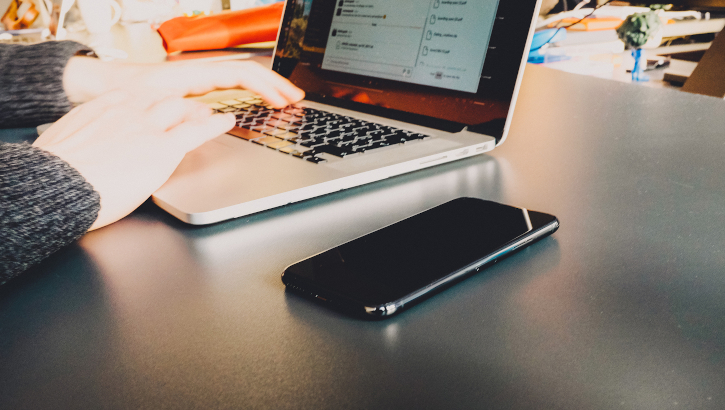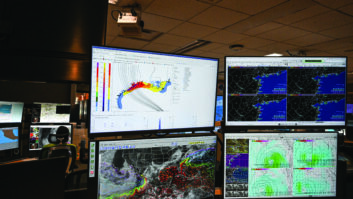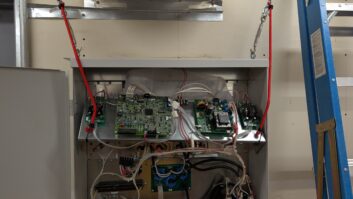The author is membership program director of the National Federation of Community Broadcasters. NFCB commentaries are featured regularly at www.radioworld.com.
The coronavirus pandemic has had a tremendous impact on local media. You need only turn on commercial radio or television to catch rebroadcasts, Skype interviews and replacement programming. At many community radio stations, the situation is no different.
With worries about infection, plenty of community stations have opted to send volunteers home. In several cases, volunteers are encouraged produce their shows remotely. The catch? Stations are largely letting volunteers figure out this stuff on their own.
[Read: Community Broadcaster: Salute to Stations Fighting On]
So, if you are a community radio producer or DJ, how exactly do you create your weekly radio show without a studio and minimal technology?
These suggestions are by no means complete for everyone, but here is an overview for any community radio volunteer.
It cannot be overstated that where you record is literally more important than what you record and what you record it with. As the National Federation of Community Broadcasters notes in its free guidance for stations, the two primary issues volunteers must be aware of are the areas they will record and then the microphones they use.
Your first task is selecting where you will record your voiceovers. Rooms with high ceilings, open floor plans, hard surfaces and rooms likely to pick up ambient/white noise should not be used to record a program. This means living rooms, dining rooms, bedrooms and garages are out. Veteran journalist Ron Gonyea presents extensive insights in Current on what to look out for as well. Vents, street noise and pillows are among the items on your checklist.
Now, test out your sound deadening tactics. If you are not satisfied, vocal booth boxes and microphone sound shields are available online for under $50 and will vastly improve sound. For an even more extensive dive into acoustics, NPR Training provides diagrams that help you think about your space.
 Next, for the thing everyone focuses on first: your microphone.
Next, for the thing everyone focuses on first: your microphone.
Do not use your mobile phone’s or laptop’s built-in microphones to record a full program. You’ll likely not get the sound you aspire to have. Quality microphones are available for under $50 from music equipment stores and online. These include the Rode, Audio-Technica, Samson and Shure lines of USB microphones. YouTube features many products tests. If you can’t test a microphone out, skim those tests to choose the right device for your vocal delivery.
If you’re worried about a microphone working with your sound card and input, or that your desktop or laptop is too old to work with a USB microphone, there are many lines of handheld recorders available. With these, you can record your spots directly there, then move the recorded files for production. Affordable brands used for media production include Tascam and Zoom (not to be mistaken for the video platform).
And finally, there are a range of software audio editing packages that volunteers can use, including Audacity, which is free, and Adobe Audition, which is part of Adobe Creative Cloud. Again, YouTube is a go-to. You’ll find beginner to advanced techniques for your software of choice.
At-home production may ramp up the switch to digital, especially for music DJs dependent on records, compact discs or cassettes. Additionally, the remote production road is sure to be bumpy for those new to it. However, during COVID-19, such program creation is required. And it could be just the kind of learning experience you didn’t know you needed.







